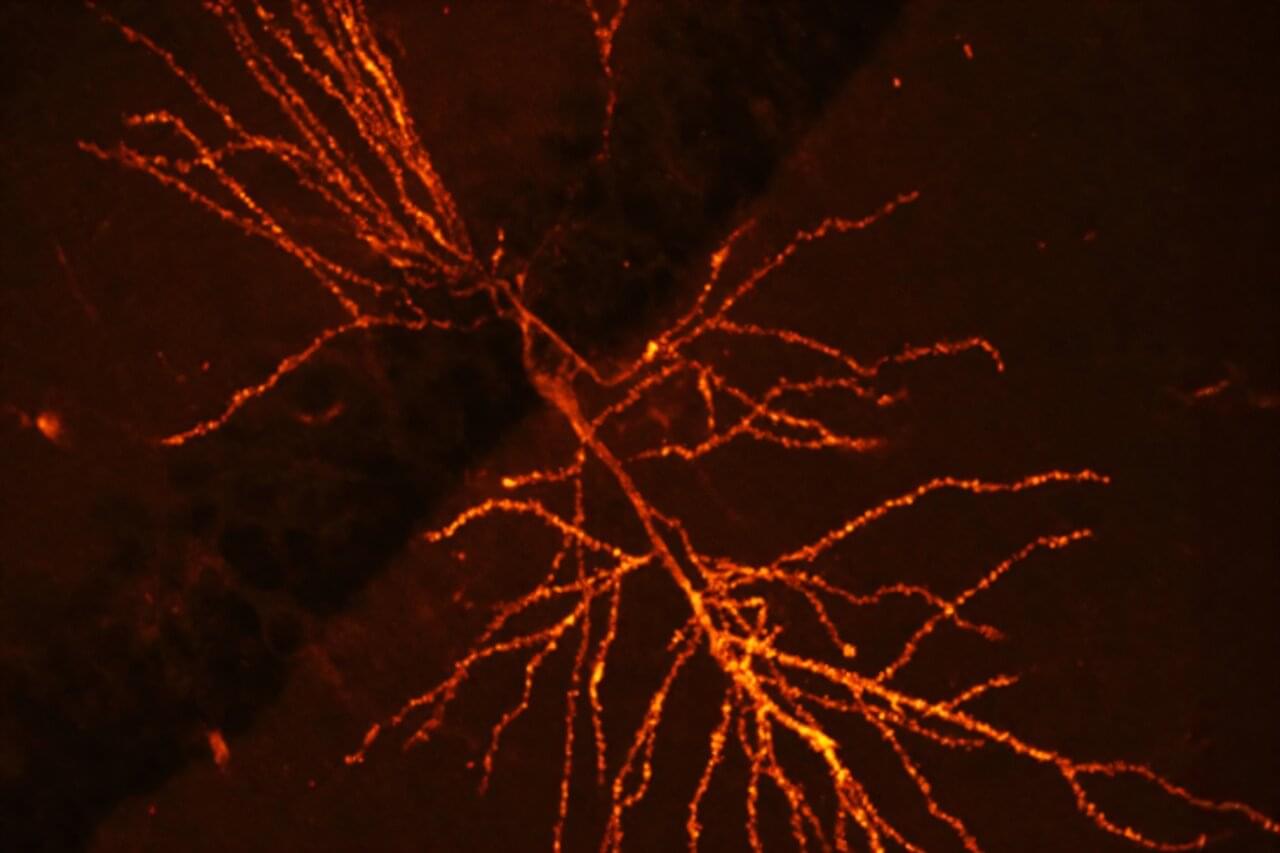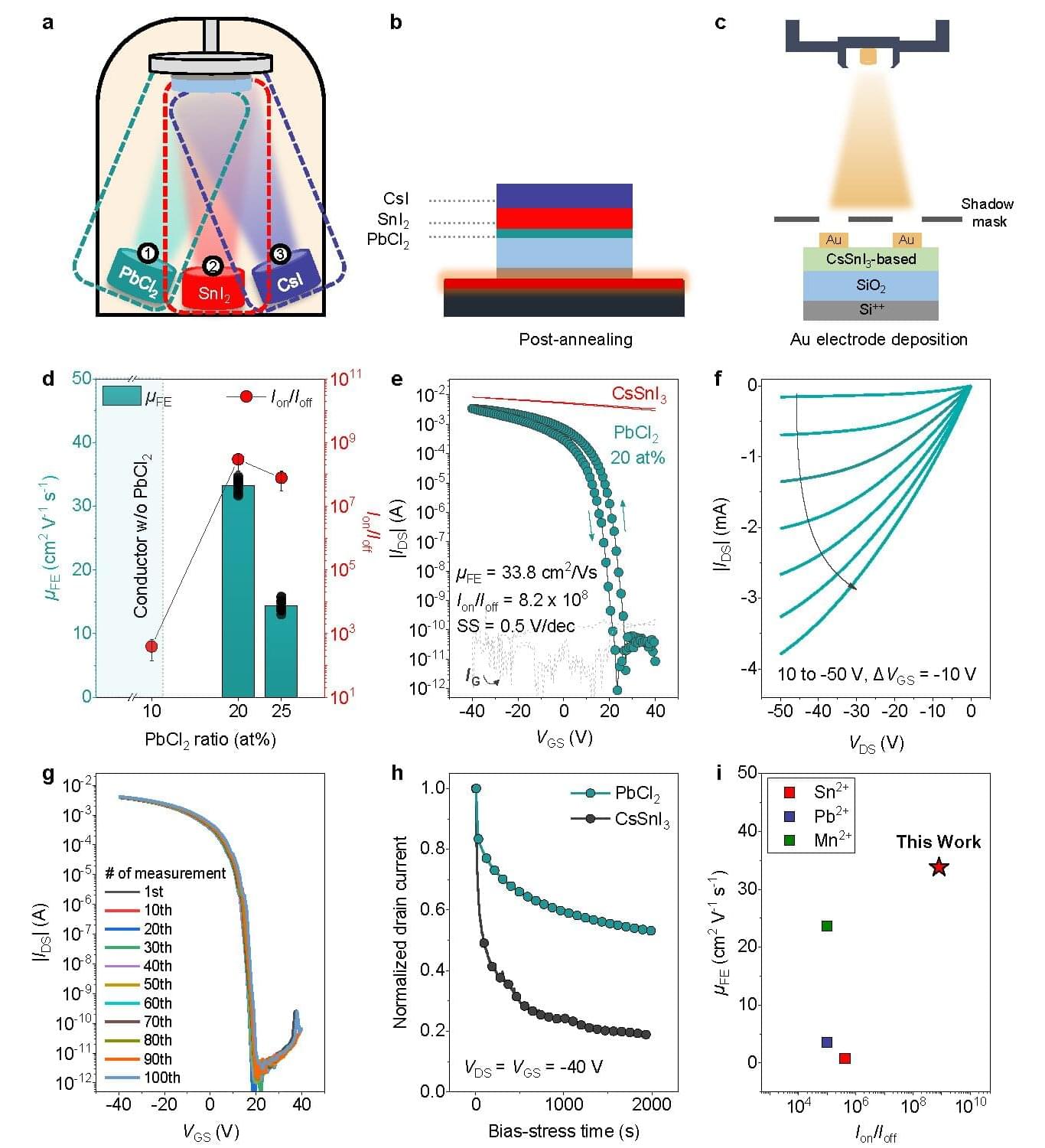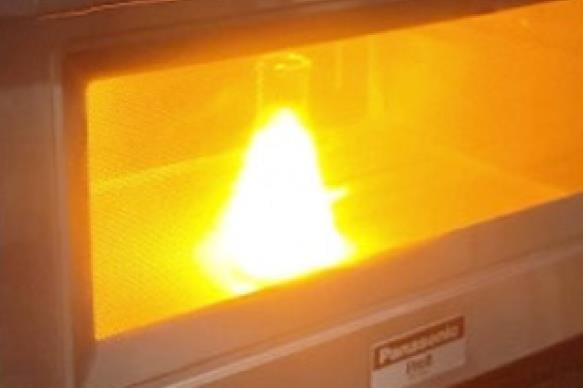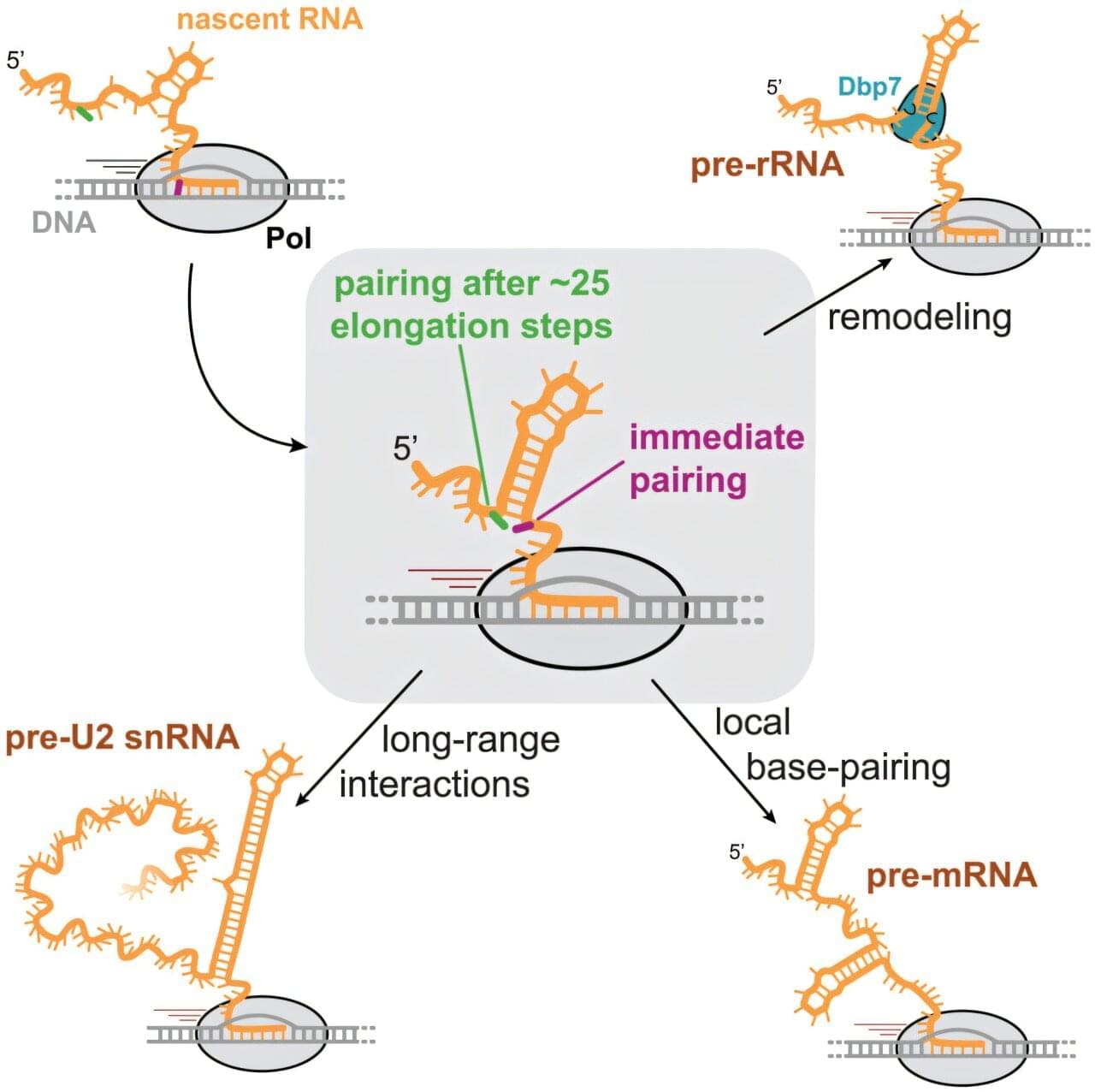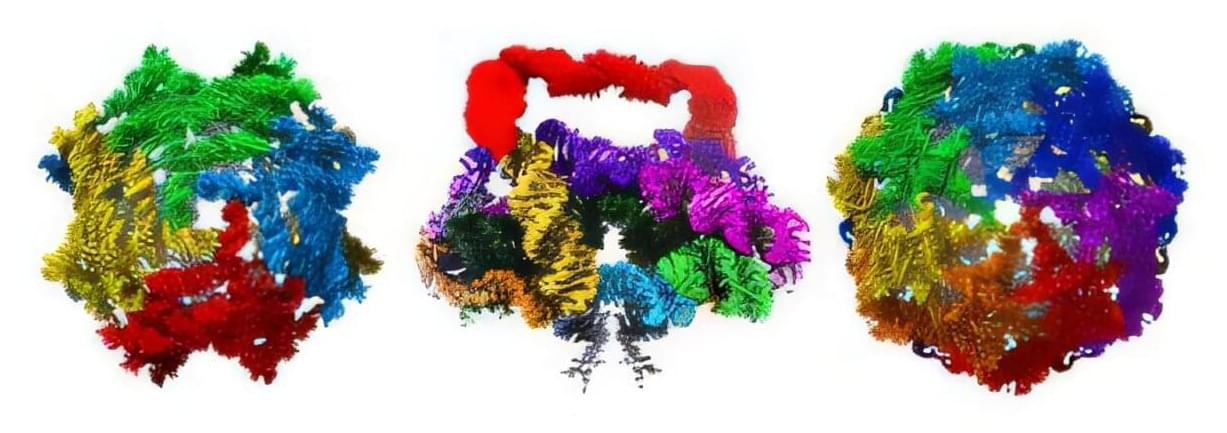The substances behind the slimy strings from okra and the gel from fenugreek seeds could trap microplastics better than a commonly used synthetic polymer. Previously, researchers proposed using these sticky natural polymers to clean up water. Now, they report in ACS Omega that okra and/or fenugreek extracts attracted and removed up to 90% of microplastics in ocean water, freshwater and groundwater.
Rajani Srinivasan and colleagues have been exploring nontoxic, plant-based approaches to attract and remove contaminants from water. In one set of lab experiments, they found that polymers from okra, fenugreek and tamarind stick to microplastics, clumping together and sinking for easy separation from water.
Srinivasan spoke about successful demonstrations of the plant extracts in freshwater and ocean water at ACS Spring 2022, a meeting of the American Chemical Society. In this next stage of the research, they have optimized the process for okra and fenugreek extracts in various types of water.


